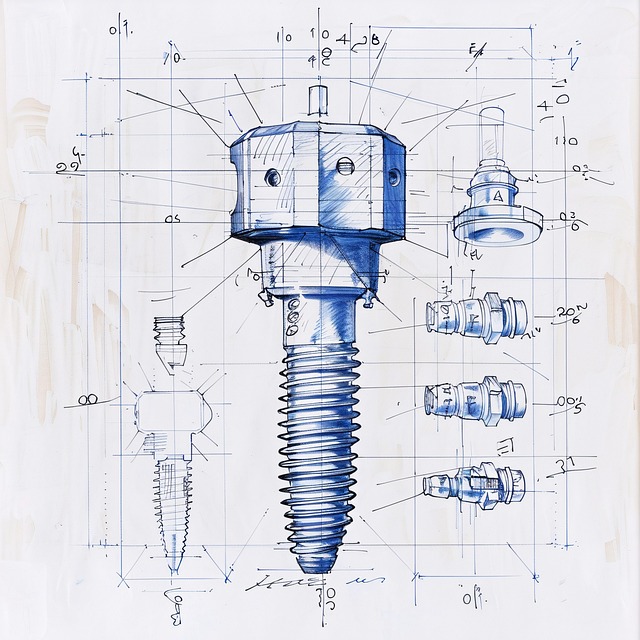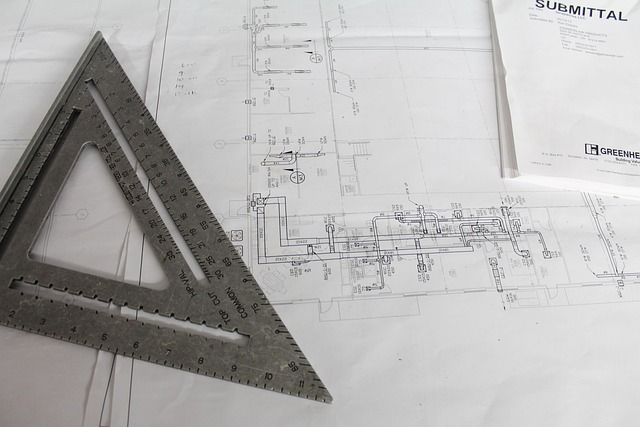Consider your interest in space exploration and problem-solving if you're thinking of becoming an aerospace engineer. Strengthen math and science skills during high school. Learn programming languages early for design and analysis tools. Engage in STEM projects to build a portfolio. Explore technology's role in modern urban development. Seek internships and volunteer experiences for practical knowledge.
Aspiring aerospace engineers, take note! Launching a successful career in this dynamic field requires careful preparation. This comprehensive guide equips high school students with the tools to embark on their journey towards a degree in aerospace engineering. We unveil 10 essential tips, from fostering a genuine interest and strengthening math skills to gaining hands-on experience through internships. Discover the key courses, resources, and steps needed to build a robust foundation for your future in the skies.
- Assess Your Interest & Aptitude for Aerospace Engineering
- Strengthen Math & Science Fundamentals in High School
- Introduce Yourself to Coding and Programming Basics
- Build a Portfolio Through STEM Projects and Competitions
- Research Aerospace Universities & Programs Aligned with Your Interests
- Gain Hands-On Experience through Internships or Volunteer Opportunities
Assess Your Interest & Aptitude for Aerospace Engineering

Before diving into your aerospace engineering studies, it’s crucial to assess whether this field aligns with your interests and aptitudes. Aerospace engineering is a highly technical and demanding discipline that requires a strong understanding of physics, mathematics, and computer science. If you find yourself fascinated by space exploration, aircraft design, or the technological advancements pushing the boundaries of flight, then aerospace engineering could be the right fit for you.
Reflect on your past experiences and accomplishments. Have you ever built models planes or rockets? Do you enjoy solving complex problems and analyzing data? Are you drawn to hands-on learning and experimental projects? These are all indicators that you might have a natural inclination towards aerospace engineering. Assessing your passion and skills will help ensure that you’re well-prepared for the challenges—and rewards—that await you in this exciting field.
Strengthen Math & Science Fundamentals in High School

Strengthening your mathematical and scientific skills during high school is a pivotal step in preparing for aerospace engineering. This includes excelling in core subjects such as calculus, physics, and chemistry, which form the backbone of many advanced aerospace concepts. These disciplines are essential as they teach you about complex problem-solving, analytical thinking, and quantitative methods—crucial tools for any engineer.
Focus on developing a deep understanding of these fundamentals rather than merely memorizing formulas. Practice regularly, engage with challenging problems, and seek help from teachers or peers when needed. Building a strong foundation in math and science will not only make your transition to university easier but also equip you with the necessary skills to tackle the demanding coursework ahead.
Introduce Yourself to Coding and Programming Basics

Aerospace Engineering is a field that heavily relies on computational tools and programming for design, simulation, and analysis. Before diving into complex calculations and coding in your university courses, familiarize yourself with the basics of coding and programming. Start by learning fundamental programming languages such as Python or MATLAB, which are commonly used in scientific computing and engineering applications. Online platforms like Codecademy, Coursera, and edX offer introductory programming courses tailored for students interested in STEM fields.
These platforms provide interactive lessons that teach you how to write code, debug programs, and understand basic algorithms. Completing these foundational courses will not only build your coding skills but also give you a head start when tackling more advanced programming concepts in your aerospace engineering classes.
Build a Portfolio Through STEM Projects and Competitions

Building a portfolio is an excellent way to showcase your skills and passion for aerospace engineering. Engage in STEM (Science, Technology, Engineering, and Mathematics) projects from high school onwards. These could range from designing model rockets or drones to participating in robotics competitions or coding space simulation software. Documenting these projects, along with any research or innovation involved, will make up a compelling portfolio.
Enter competitions like the International Space Station (ISS) Design Challenge or NASA’s student rocket competitions. Such events not only offer hands-on experience but also provide opportunities to network with professionals in the field and gain valuable insights into aerospace engineering practices. Remember, a strong portfolio reflects your commitment, creativity, and problem-solving abilities—all essential traits for a successful career in aerospace engineering.
Research Aerospace Universities & Programs Aligned with Your Interests

Gain Hands-On Experience through Internships or Volunteer Opportunities

Gaining practical experience is invaluable when preparing for a degree in Aerospace Engineering. Internships with aerospace companies, research institutions, or even local aviation clubs can offer a wealth of knowledge and skills that classroom learning alone cannot provide. Through these opportunities, you’ll get to work on real-world projects, collaborate with professionals, and familiarize yourself with industry standards and tools.
Volunteering for STEM events, robotics competitions, or building your own aircraft models (or even simulating them using software) can also significantly enhance your understanding of aerospace concepts. These hands-on experiences not only bolster your application but also help you discover areas of interest within the field, fostering a deeper passion for Aerospace Engineering.
In preparation for a degree in aerospace engineering, cultivating a strong interest, solidifying mathematical and scientific skills, embracing technology like coding and programming, engaging in hands-on STEM projects, researching suitable educational paths, and gaining real-world experience through internships are pivotal steps. These essential tips provide a robust foundation, empowering aspiring aerospace engineers to thrive in their academic pursuits and future careers, where innovation and problem-solving skills are highly valued.
